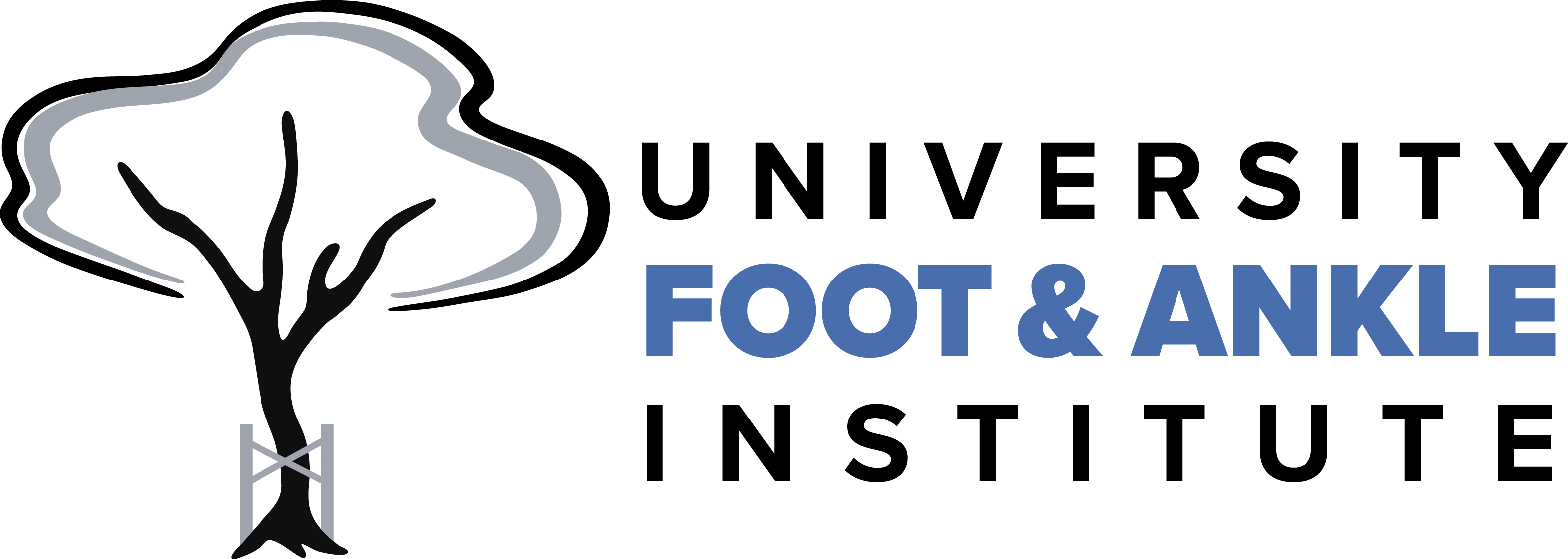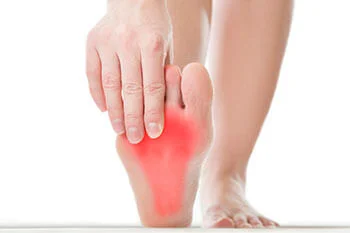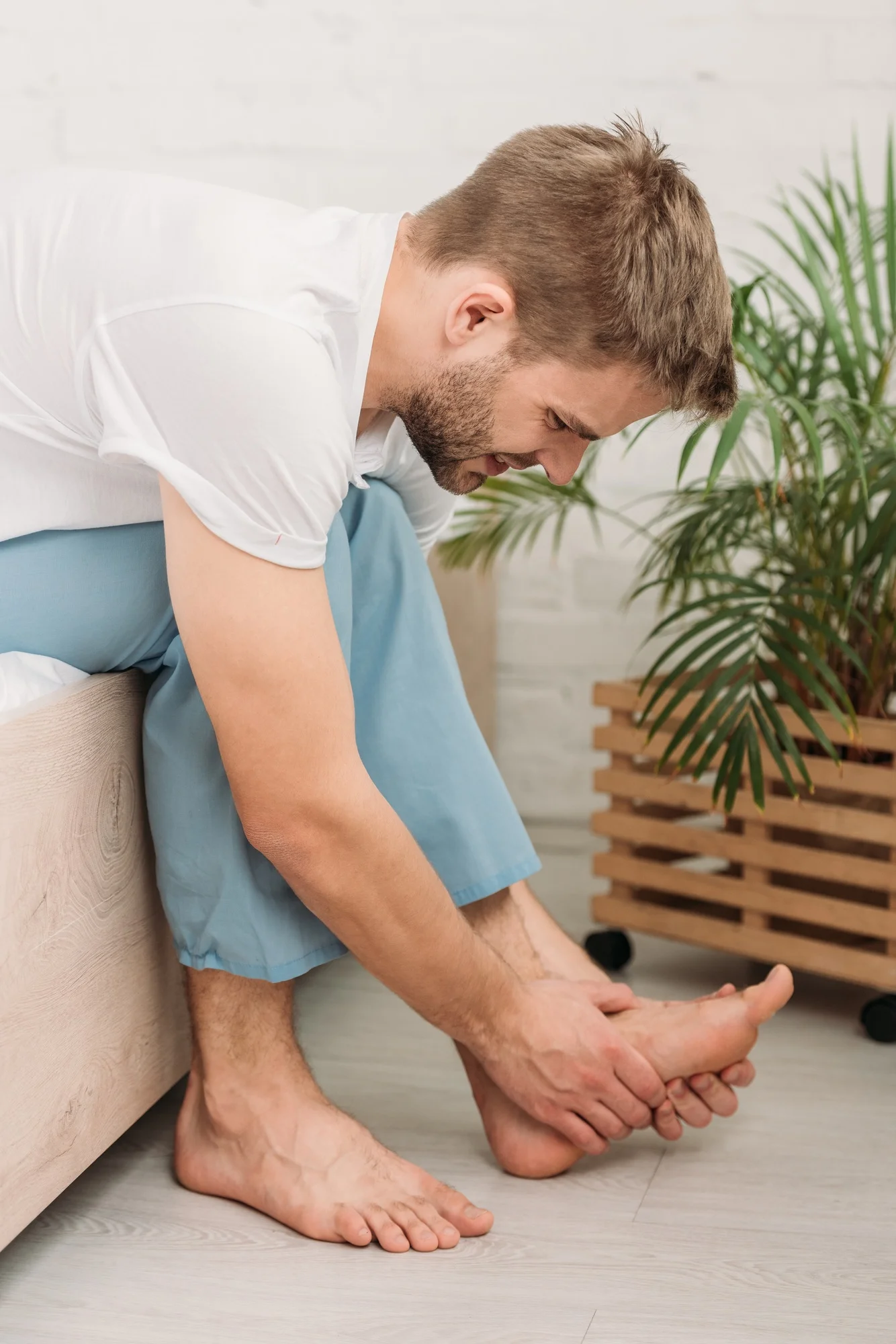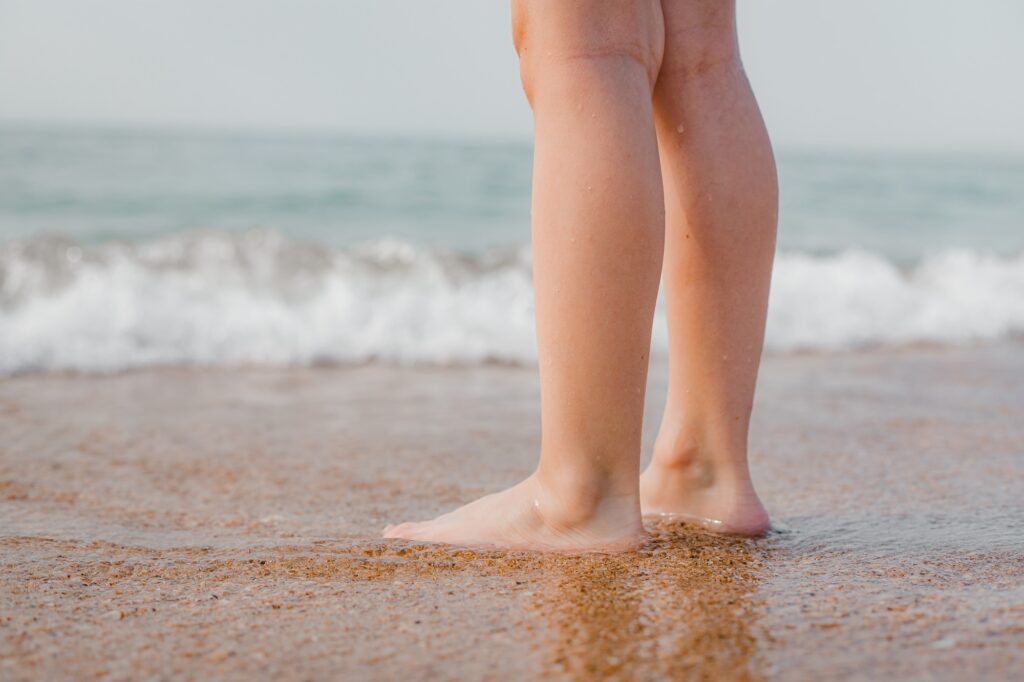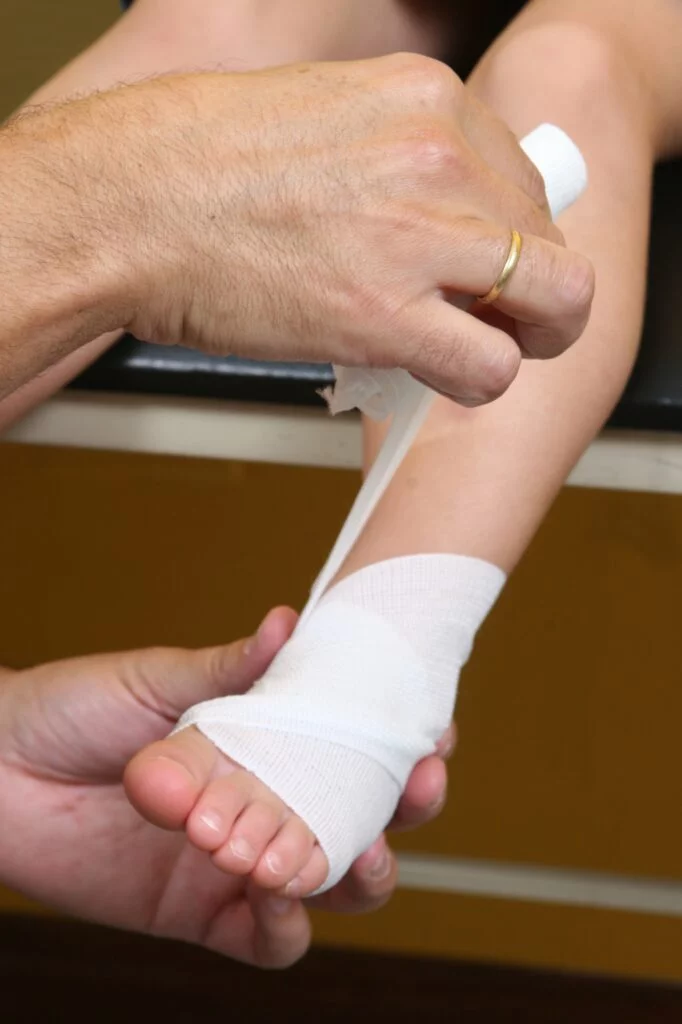Table of Contents
Overview
From the moment our babies are born, we parents only want the best for our children. Their health is always at the top of our minds, from their heads down to their toes.
It’s important as parents to recognize that children’s feet are different than adult’s feet. When children are young, their bones are still very soft and therefore, are more easily affected by abnormal pressure and forces. Teenagers’ feet are also different as they are still growing and physically developing.
Importance of Early Diagnosis
Foot & Lower Limb Issues
Take time to evaluate your child and look out for any of the following:
- Flat feet/fallen arches/rolled-in feet
- In-toeing (pigeon-toed)
- Out-toeing
- Walking on tiptoes
- Slow or delayed to begin walking
- Knock-kneed
- Bowlegged
- Difference in leg length
- Clumsiness or poor balance (more than the average teetering and toddling while learning how to walk)
- Growing pains
- Limping
- Low muscle tone
- Oddly shaped toes (curly or clawed)
- Ingrown toenails
- Bunions or other deformities
- Callous/corns
- Warts
If your child falls into any of the aforementioned categories, it’s best to err on the side of caution and bring them to see a board-certified podiatrist.
Walking
Natural Progression
Abnormal Walking Patterns
Timing of First Steps
Orthotics
What are Orthotics?
How can Orthotics help my child?
Conclusion - Care You Can Trust
We know that entrusting your child to any doctor takes a large amount of trust. Please know that our podiatrists are board-certified and committed to helping every patient have optimal foot health – no matter their age.
If you’re concerned at all about your child’s foot, ankle, or lower leg health, call us today to make an appointment!
